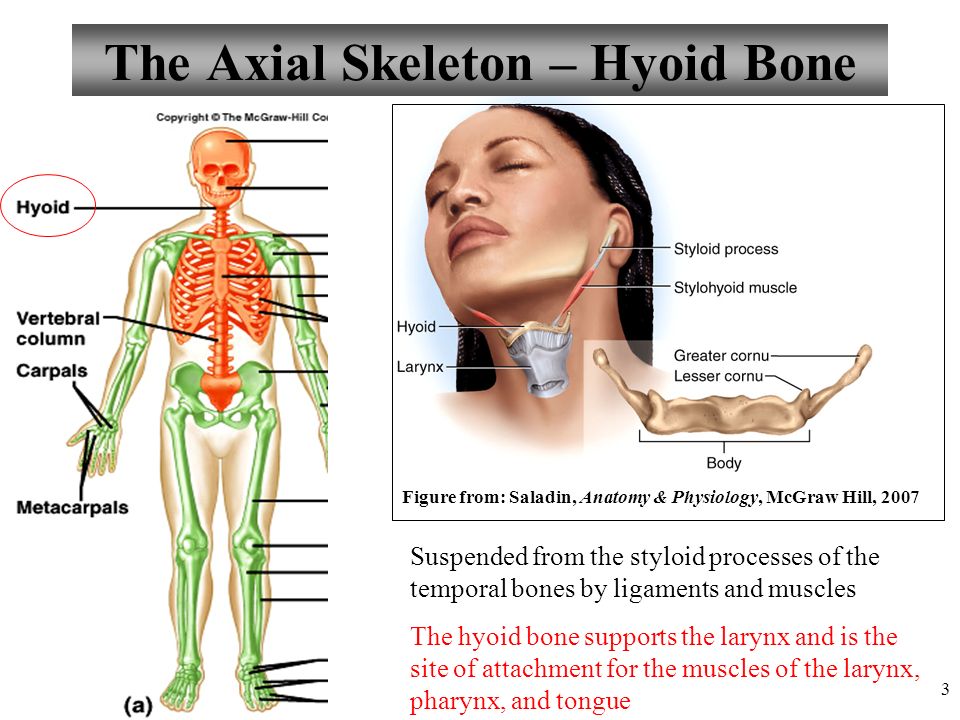

Residual Volume (RV) is the air that is left in the lungs after a maximal exhalation, so RV will be estimated today as 1.2 Liters. The spirometer-a device that measures movement of air-will provide us with a recording of a range of lung volumes. Table 7.1 shows pulmonary (lung) function test measures. In lung volume testing, the values differ between healthy individuals based on levels of physical fitness as well as age, sex, and size, so keep in mind the numbers you see in the figure are averages. For example, if someone has pneumonia or tuberculosis, they will have reduced lung volume, and thus a restrictive lung disorder. Lung volumes can be measured to determine the level of respiratory system health as well as the presence of various respiratory disorders. Lung Volume and Function Tests with Spirometry Listen to the vesicular sounds, heard primarily upon inspiration. Convince yourself of this by looking at the muscle anatomy of the back observe the small space between the trapezius and latissimus dorsi at this site. This is the triangle of auscultation, a location optimized for listening to lung sounds because there are fewer muscles over the ribs. Find the soft area immediately medial to the inferior section of the medial margin of the scapula.With the stethoscope diaphragm on the trachea above the suprasternal notch, listen to the bronchial sounds during normal breathing.Rotate the stethoscope earpieces so they will face slightly anterior before placing in your ears.Using alcohol and wipes, clean the earpieces and stethoscope diaphragm and allow to dry.Bronchial and Vesicular Breath Sounds, Stanford Medicine 25 Instructions for Respiratory Sounds View and listen to Video 7.1 for descriptions and samples of respiratory sounds. Low pitch, soft rustling sound of the air moving the alveolar sacs. Vesicular sounds – Measured over the lung tissue. High pitch, louder sound of air moving through trachea and bronchi.


Listening to respiratory sounds, auscultation with a stethoscope, provides an indication of the health of respiratory tissue and ventilation function.īronchial sounds – Measured over the tracheobronchial tree. reduced FEV1 in the context of restrictive and obstructive respiratory disorders. Explain the clinical significance of reduced lung volume vs.Demonstrate proper lung function testing using a spirometer.Describe, and demonstrate skills to listen to, bronchial and vesicular breathing sounds.



 0 kommentar(er)
0 kommentar(er)
